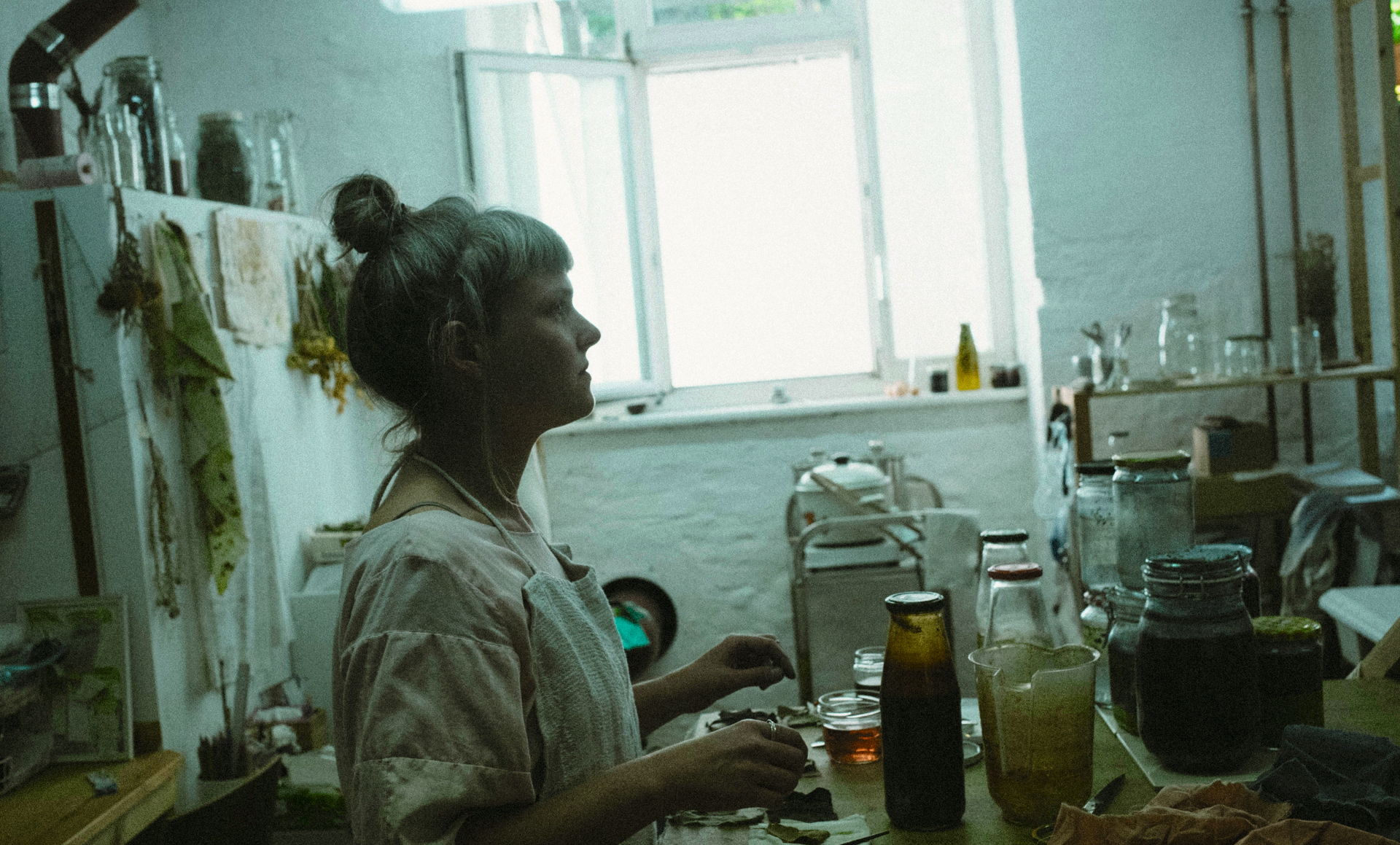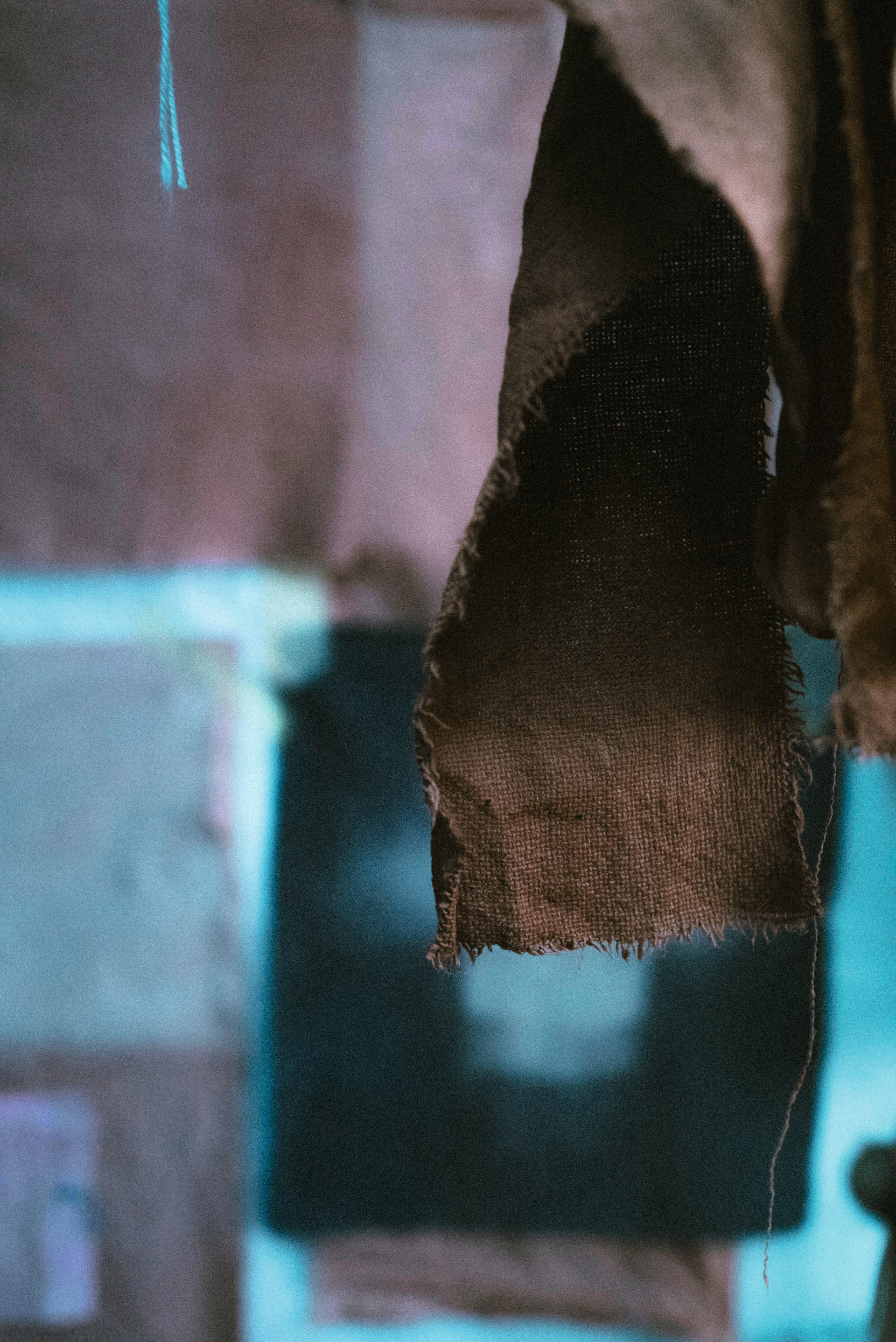Textile handcrafts are on the threshold of transformation – suspended between tradition and innovation, between the local and the global, between individuality and digitalization, between quality demands and the loss of value. In the duality of a mechanization of the working world versus the indispensability of human creativity, craftsmanship may become a relic of past eras, an indicator of fair working conditions or a certification of quality for the fashion industry of tomorrow. Hardly any other craft encompasses such diverse manufacturing processes or stands for so many facets of sustainability.
As a social practice, textile handcraft enriches our identity, our environment and our senses in both the cultural and the political spheres. As an embodiment of time, energy and personal narrative[1], it has immeasurable symbolic significance for our society and for each individual. We generally associate special value and uniqueness with the historically transmitted practise of the handmade. The relevance of handcraft is indeed of great consequence in terms of ecological, socio-cultural, economic, political, subjective and aesthetic factors.[2]
Clothing that is artistically handmade and finished with unique techniques is becoming increasingly rare, however. It is losing its visibility – it is losing its face; the classic high-quality handmade garment is widely disappearing in the face of cheap, low-quality “fast fashion” and the capitalist efficiency of global mass production. In what seems like all parts of the world, appreciation of the artisan’s profession is being lost. Former artisan families who passed on their skills over generations are no longer able to make a living from their profession; life as an artisan is no longer attractive enough in a society that is struggling to survive and in the long term wants to belong to the middle class.
"Technology still needs the human touch and connection and direction through personal consulting. Craftmanship will play a bigger role as a knowledge base for technology."
The result: textile crafts are becoming extinct.[3] They provide neither crucial knowledge nor new blood to ensure the survival of cultural heritage.
How can we save it in all its diversity so that it survives into the future and can make a sustainable contribution to the fashion industry? What new significant perspective can it offer tomorrow’s society? Fashion trend researcher Li Edelkoort fears a loss in a figurative sense: “our hands could fall off if we no longer use them.”
These economically and socially relevant questions point above all to a quality problem. The former understanding of quality in handcrafts – which is characterized by the leisure of making in harmony with nature as well as by the longevity of products, high-quality workmanship, repair, care and a sense of community[4] – is being caught up in the frenzy of the new and its constant availability. In view of the devastating cultural, social and ecological consequences[5] resulting from fast fashion in the countries of production, a new awareness of the quality of craftsmanship has now become an essential prerequisite for a change in modern fashion production and consumption. As such, it is a significant part of a comprehensive understanding of sustainability. The comprehensive quality of a product that combines a high quality of materials and workmanship with innovation and beauty corresponds to the guiding principles of “slow fashion”[6], which promotes a return to the time-intensive tradition of handcraft to enhance the value of garments and their makers.[7] In the course of industrialization, many innovations and adaptations to global trade created today’s environmental problems. For example, natural processes and ingredients were replaced by artificial colours without changing over to a responsible water treatment. Fabrics continue to be washed, as they were by the forefathers, in the same river that provides drinking water. A product made from harmful chemicals is simply of poor quality on multiple levels.

With regard to industrial processes along globally connected supply chains, it is also crucial to rethink the classic definition of handcraft, to expand expertise and to transfer it, for example, to the application of innovative technologies. This is the message that Mikael Kuijpers captures in his documentary The Future is Handmade.[8]
The purpose of meaningful, sustainable and holistic product design “by hand” includes the intelligent use of digital tools and innovative materials in the future as well as ensuring fair working conditions. Individual fair trade ventures within the international trade of textile handcraft goods fall short and too often suffer from a lack of design sense and purpose. The results are often useless decorative objects that are bought out of social commitment rather than for their high quality or usefulness. In other words, fair trade is not per se synonymous with artisanal beauty or environmentally friendly production. In the same way, modern handcrafts are not per se less harmful to the environment. On the contrary, sustainability has to be relearned here as well.[9]
Craft is not statically anchored in history. Rather, it is rooted in modernity, in which it is constantly adapting and evolving. It can contribute to a new form of quality that stands for modern sustainability – from the creative individual entrepreneur who dyes old linen fabrics in Shibori (tie-dye) patterns[10] with plants from his or her garden, to the large corporation that operates in closed loops and integrates circular design processes into its cross-seasonal collections. Without a conscious process and ethical handling of technical innovations, we will not be able to fully develop our “hand skills” and put them to valuable use. “Handmade” in its original sense can stand for a new “human-made” comprehensive quality that integrates all possibilities for environmentally friendly and sustainable design and production of garments into the finished product. Even in a hybrid world of physical and digital elements, local production processes should be optimized and consumers could be reached virtually with customized offers.
It’s about adding value instead of losing value. It won’t work without the human.
Friederike von Wedel-Parlow is a Berlin born designer and the founder of the Beneficial Design Institute. She is professor for Sustainable Design Strategies in the master program “Sustainabitliy in Fashion & Creative Industries”. at AMD Berlin, Akademie for Fashion and Design, and longtime jury member of the German Ecodesign Award.
1 Yatharth, “Craft Future: Critical Inquiry into Technology, Future and Craft”, BA thesis, National Institute of Design, Ahmedabad, 2019.
2 Emilia Ferraro, “Craft and Sustainable Development: Reflections on Scottish Craft and Pathways to Sustainability”, 2012
3 Bundesverband Kunsthandwerk: / Studio1 9 "Ist das noch Kunsthandwerk?”, 2020
4 “Field Notes on Craft and Tech between Jon Rogers and Andrew Prescott”, presented by Yatharth, www.medium.com, and Jon Rogers, re-publica.com. 2017
5 Some examples are wastewater pollution and waste of resources, use of chemical colours and toxic chemicals in manufacturing processes, etc.
6 Co-shaped by Kate Fletcher.
7 As Li Edelkoort noted about the Coronavirus pandemic, “We will need to slow down all aspects of work and output to produce less, better and more responsibly. Slowing down will design a new world.”
8 Maikel Kuijpers, The Future is Handmade, 2019, video, 12:33, www.craftsmanship.net.
9 Craft Scotland, “Three Ways to be More Sustainable in Your Craft”, October 29, 2019, journal post, www.craftscotland.org.
10 Similar to Elke Fiebig’s techniques for Still Garments www.stillgarments.com
